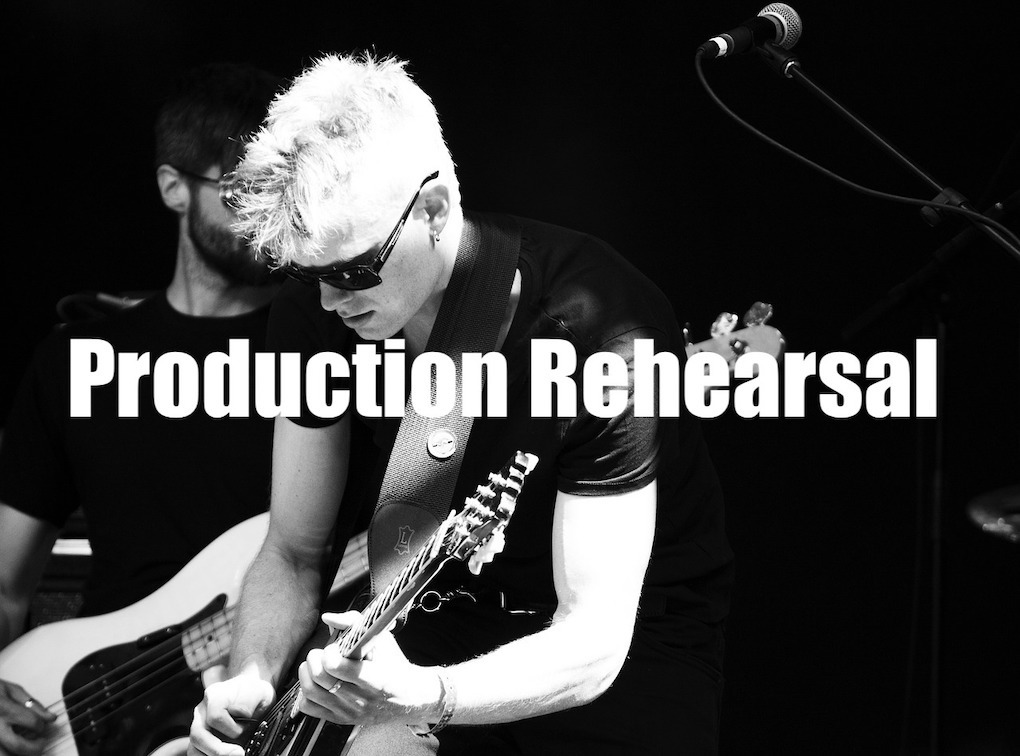- in Book Excerpt , Production by Bobby Owsinski
How A Production Rehearsal Can Take Your Live Show To The Next Level

One of the things that all major touring acts do before going out on tour is have production rehearsals. These are literally weeks of rehearsals where the stage show, as much as the music, is rehearsed. A big show with lots of sound, lighting, pyro, video, moving stages, guitar changes, wardrobe changes, and a host of other items, needs a lot of rehearsal to pull it all off seamlessly, Everyone, including the band, has to learn their cues.
So if big-selling touring bands do this, why shouldn’t you? After everything else is worked out in your set, take at least one rehearsal and dedicate it just to the show.
What To Work On
Make sure that the echo is added on just the right word. Make sure that the lights are soft or colored or spotted or bright so the music is accented at the right place in a song. Make sure that your show, in addition to your music (see these rehearsal tips for getting your music together as well) is the best that it can be.
Here are just a few of the things to work on after you have the song down cold.
- The transition from one song to another in the set
- Any audio effects or volume rides
- Lighting cues for mood and maximum dramatic effect
- Guitar or costume changes
- Staging cues for performers and scenery/gear changes
- Where you’ll be speaking with the audience and the general gist of what to say
Even if you don’t have a sound or lighting person, at least if these items are thought out your show will be better. Plus, you can always give notes to the venue sound and lighting people where you gig, who will probably appreciate the challenge and respect your professionalism. Just keep everything simple so it doesn’t get confusing.
The Dress Rehearsal
If you’re inserting new production into your show, it’s best to do a dress rehearsal before you actually take it to the stage. Play your set just like you would at the gig, complete with full lights and sound production, speaking to the audience, and any costume and guitar changes.
Play the songs as if you were performing. Don’t stop and don’t try to fix anything. It is what it is and you’ll learn a lot more from doing it this way than just normal rehearsing.
After the set, talk over any areas of concern and generally debrief so you can make a list of problems and start right in on fixing them.
It really doesn’t take much to change a gig experience to a show experience. Which one do you think the audience will find more entertaining?
You can read more from How To Make Your Band Sound Great and my other books on the excerpt section of bobbyowsinski.com.

